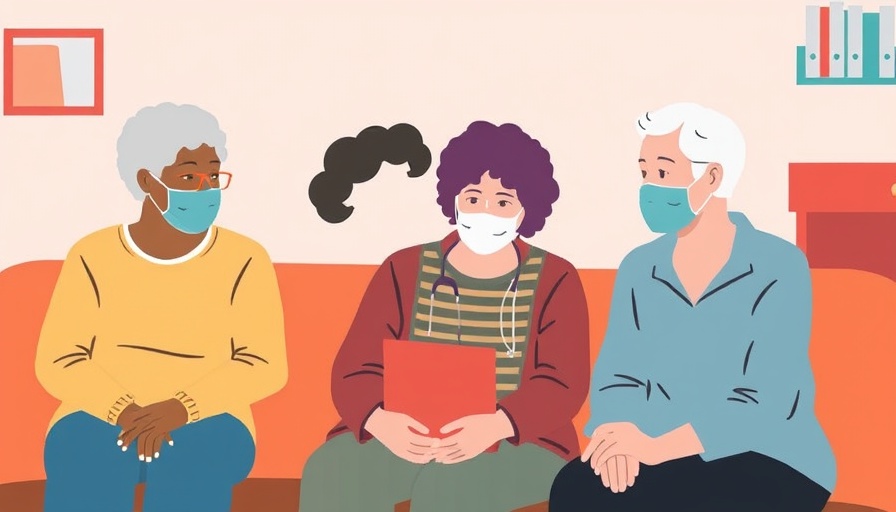
Understanding Safety in Community Mental Health Services
Community mental health services play a crucial role in supporting individuals with mental health challenges, yet the question of safety often arises. With more patients relying on these services than in hospital settings, it is vital to evaluate the existing frameworks for patient protection.
Evaluating Risks: What Do the Reports Say?
Recent studies by Averill et al. (2025) reveal alarming statistics regarding the safety incidents reported within community settings. The analysis of over 4,800 incident reports indicated a spectrum of harm levels, from no harm to severe cases, including tragic instances of death. These insights point to the urgent need for better safety measures in community mental health.
The Need for Comprehensive Research
Despite the significant population served by community mental health services, there is a noticeable gap in research compared to inpatient mental health facilities. While many studies focus on hospital care, much of the knowledge regarding community care still remains uncharted. The lack of quantitative data is striking, and the reliance on free-text reporting from staff means that much valuable insight goes unexamined. Understanding patterns from these reports can transform the approach to care in these environments.
Common Issues and Their Impact
The major categories of reported incidents illuminate systemic issues such as miscommunication, documentation errors, and unfulfilled referrals, which can delay treatment or even worsen patient conditions. Such findings underscore not just a failure of individual services, but a systemic need for better communication and coordination among care providers.
Building a Safe Community Mental Health Framework
Initiatives that focus on enhancing communication, refining documentation processes, and ensuring that treatments are carried out correctly are paramount. Through improvements in these areas, community mental health services can potentially decrease incidents of harm. It is the shared responsibility of healthcare organizations to implement strategies based on the insights gleaned from reported incidents.
Moving Toward a Safer Future
By calling on researchers and mental health professionals to prioritize studies focusing on community services, we can begin to turn the tide. The goal is to create a collaborative, transparent environment where staff feel empowered to share their observations and where mechanisms are in place to act on those insights. With systematic changes, community mental health services can evolve into safer havens for patients.
Conclusion: Advocating for Changes in Mental Health Care
As mental health bloggers and advocates, it is crucial to raise awareness about the safety conditions within community mental health services. Encourage discussions that highlight these issues, share stories, and promote proactive measures for a stronger, safer community mental health framework. Together, we can advocate for a systemic change that prioritizes patient safety and supports mental health care providers in their important work.
 Add Row
Add Row  Add
Add 




 Add Row
Add Row  Add
Add 

Write A Comment